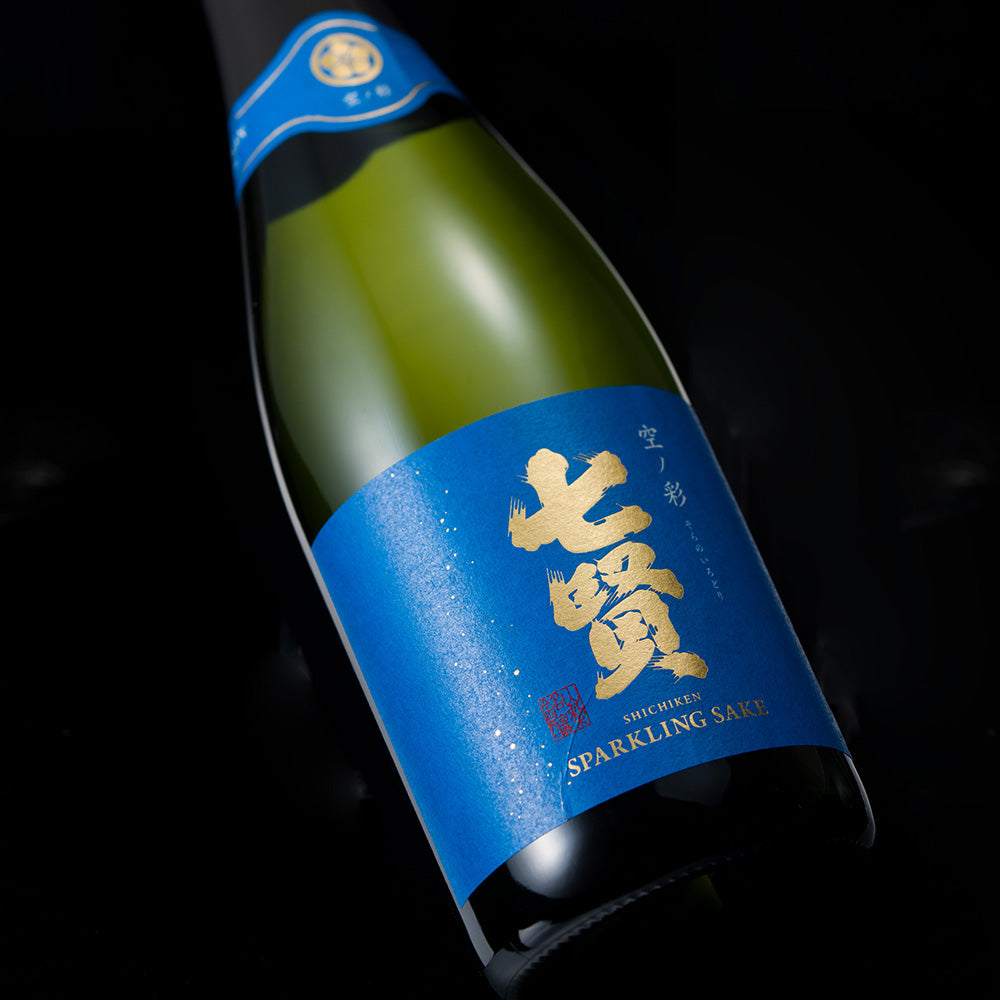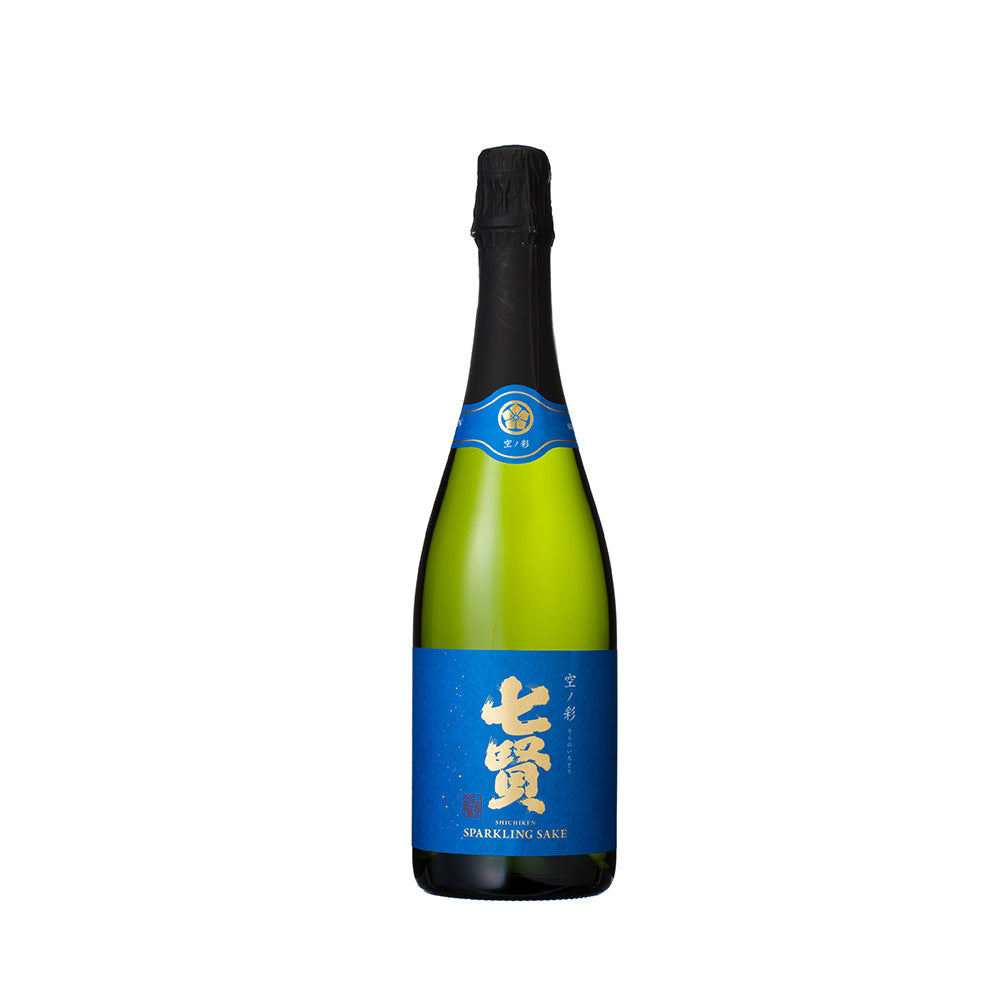-
 >
>
- Product list >
- Shichiken Sparkling Soranoirodori (720ml)
Shichiken Sparkling Soranoirodori (720ml)
詳しく見る
- *All prices shown are the product prices from the Japanpage:.
- *Product price can be shown in multiple currencies as reference values.
- *Payment should be made in Japanese yen.
- *After filling in delivery address, grand total (product price + shipping cost (packing + shipping + insurance) +tariffs & taxes) will be shown on the shipping cart page.
- *All prices shown are the product prices from the Japanpage:.
- *Product price can be shown in multiple currencies as reference values.
- *Payment should be made in Japanese yen.
- *After filling in delivery address, grand total (product price + shipping cost (packing + shipping + insurance) +tariffs & taxes) will be shown on the shipping cart page.
The ”Shichiken Awa-sake Sparkling Soranoirodori” is made by applying the Kijoshu technique of using sake in place of water to prepare the rice, in which the Shichiken brand's bestselling junmai, ""Fuurin Bizan"" is used extravagantly in this preparation, and then secondary fermentation , creating this unrivalled sake. Using the Kijoshu technique gives it a strong taste, deep umami, and fresh acidity that is perfectly balanced and spreads in your mouth for a mind-boggling refreshing taste. It has a mild sweetness reminiscent of bananas; fresh, popping and thirst-quenching juiciness; and a complex taste that you will not get from other sake. Furthermore, the fine bubbles resulting from the secondary fermentation will pop elegantly on your tongue to deliver the rich aroma to your nostrils. It may be a sparkling, but it is not in a special category and "Hakushu water" remains the core of our product. The brew master works tirelessly to answer the question of how to best use Shichiken's brand, that is the "Hakushu water", arriving at this "secondary fermentation in the bottle" + Kijoshu solution that created this totally new type of sparkling sake.
About "Shichiken"
In 1853, the main building was completed and during the inauguration, we received a transom window depicting the Seven Sages of the Bamboo Grove (seven sages who gathered in a bamboo grove to enjoy philosophical conversation during the Chinese Jin dynasty era), and that is the origin of the name Shichiken (Seven Sages). Through pure interaction with Hakushu's water that is unbelievably pristine and yet has a sharp and luscious taste, we focus solely on bringing out its charm as much as we can, brewing "sake that embodies Hakushu water."
Recommended temperature
- Atsukan (50 - 55℃)
- Jokan (45 - 50℃)
- Nurukan (30 - 40℃)
- Room temperature (15 - 20℃)
- Hanabie (10℃)
- Yukibie (5℃)
Type


Tag
Appearance
-
Clarity
Transparency
Hazy
-
Colour
Colorless
Dark brown
-
Intensity
Water
Deep
Nose characteristics
-
Intensity
Low
Strong
Taste characteristics
-
Light / Body
Light
Body
-
Sweet / Dry
Sweet
Dry
-
Simple / Complexity
Simple
Complexity
-
Acidity
Low
High
-
Umami
Low
High
-
Finish
Low finish
Long finish
Aroma and flavor
Detailed information
| Volume | 720ml |
|---|---|
| Size (L W H) | 10.0 x 10.0 x 33.0 cm |
| Weight | 1.6kg |
| Ingredients | Rice, Rice koji, Water |
| Region | Yamanashi |
| Alcohol content | 12%vol. |
|
Sake Meter Value
|
±0 |
|
Acid level
|
- |
|
Polishing ratio
|
- |









